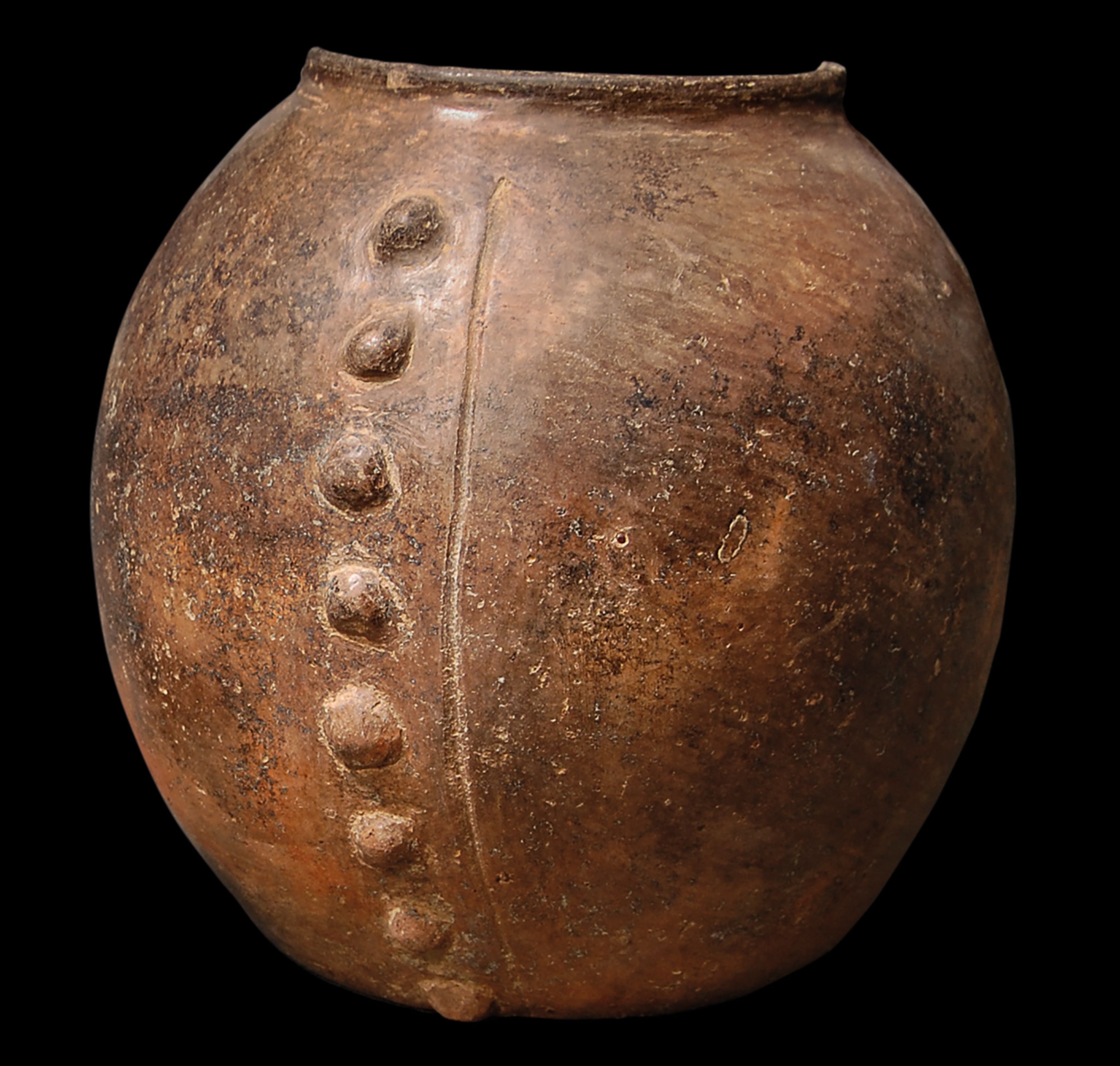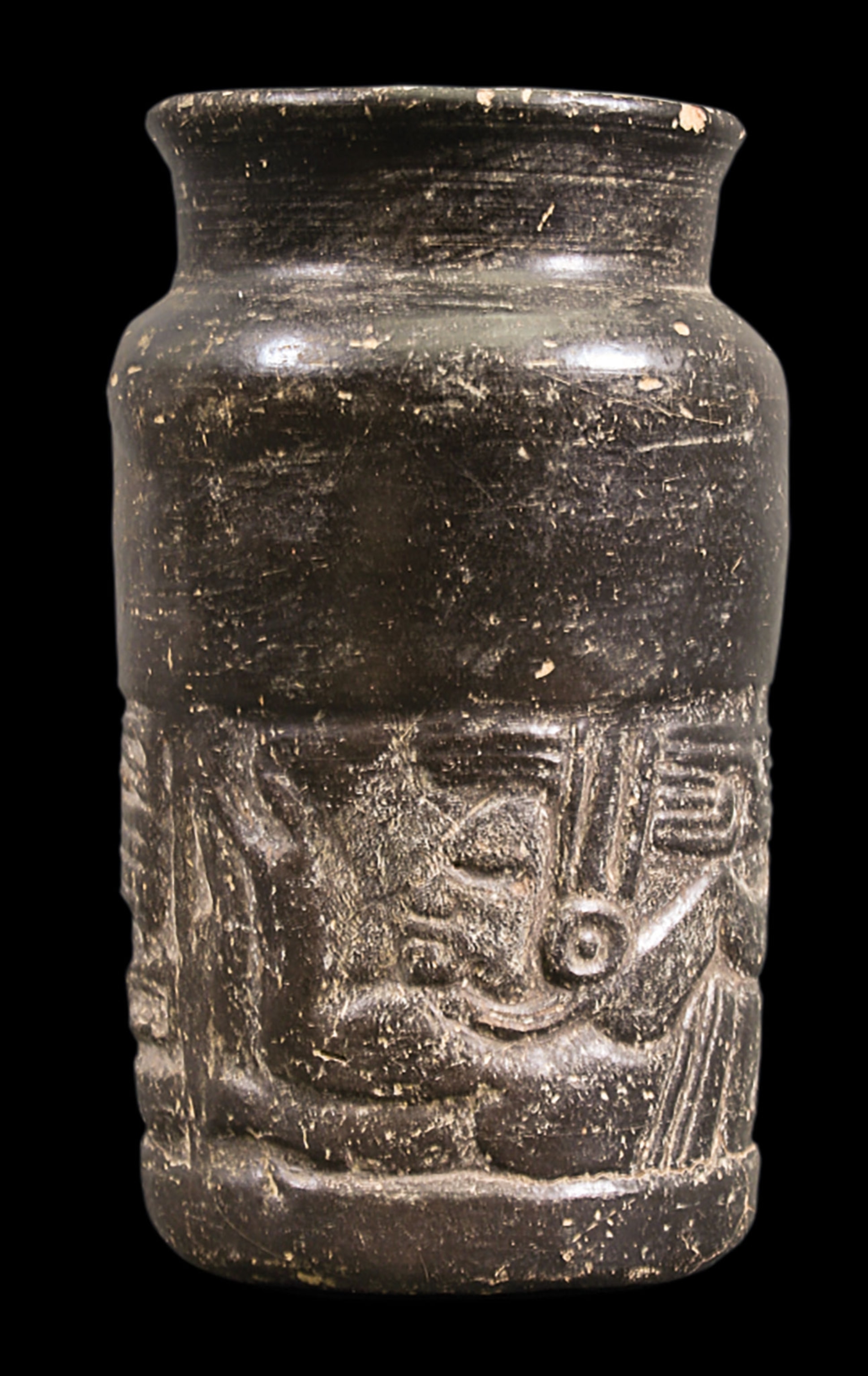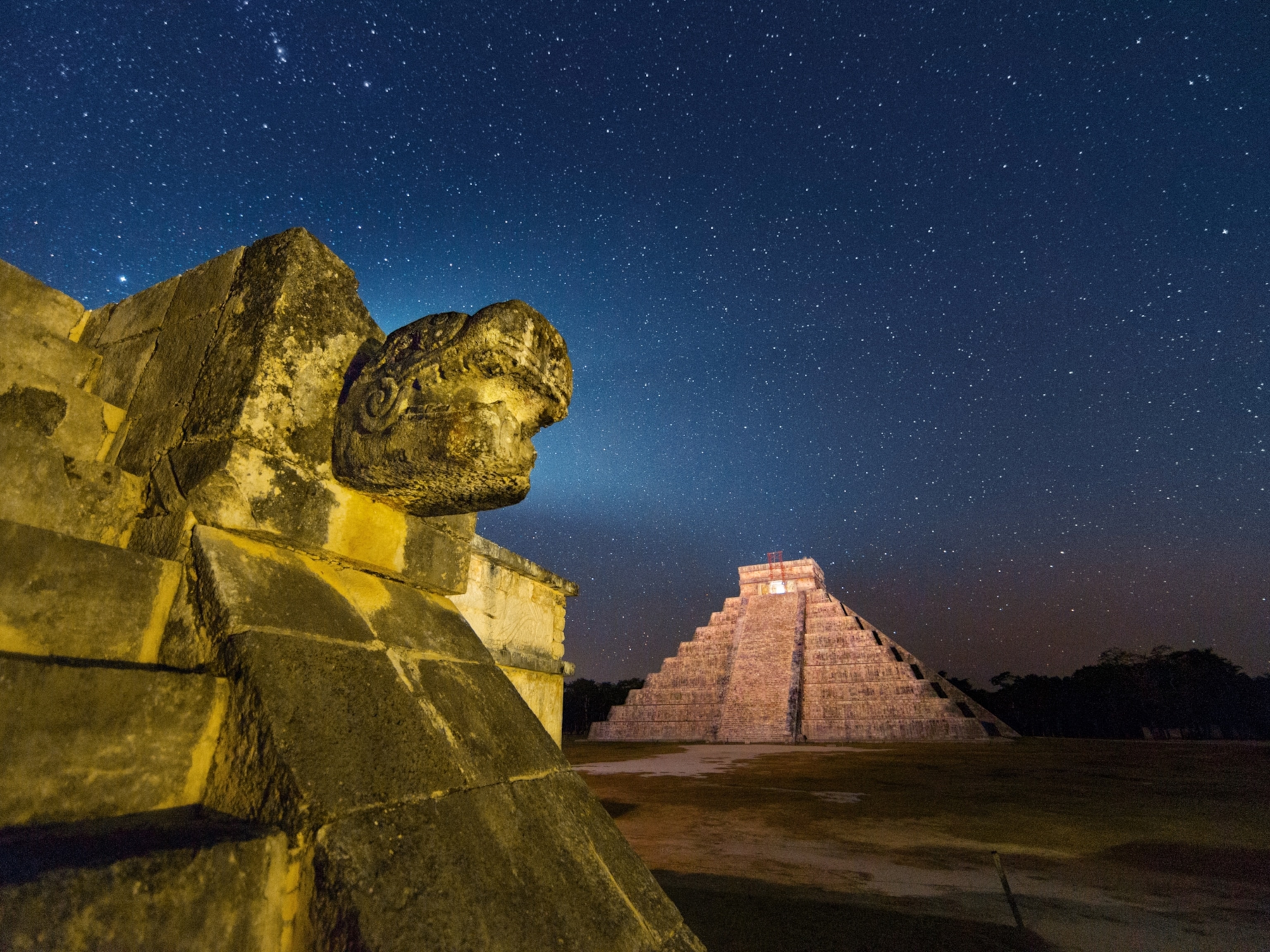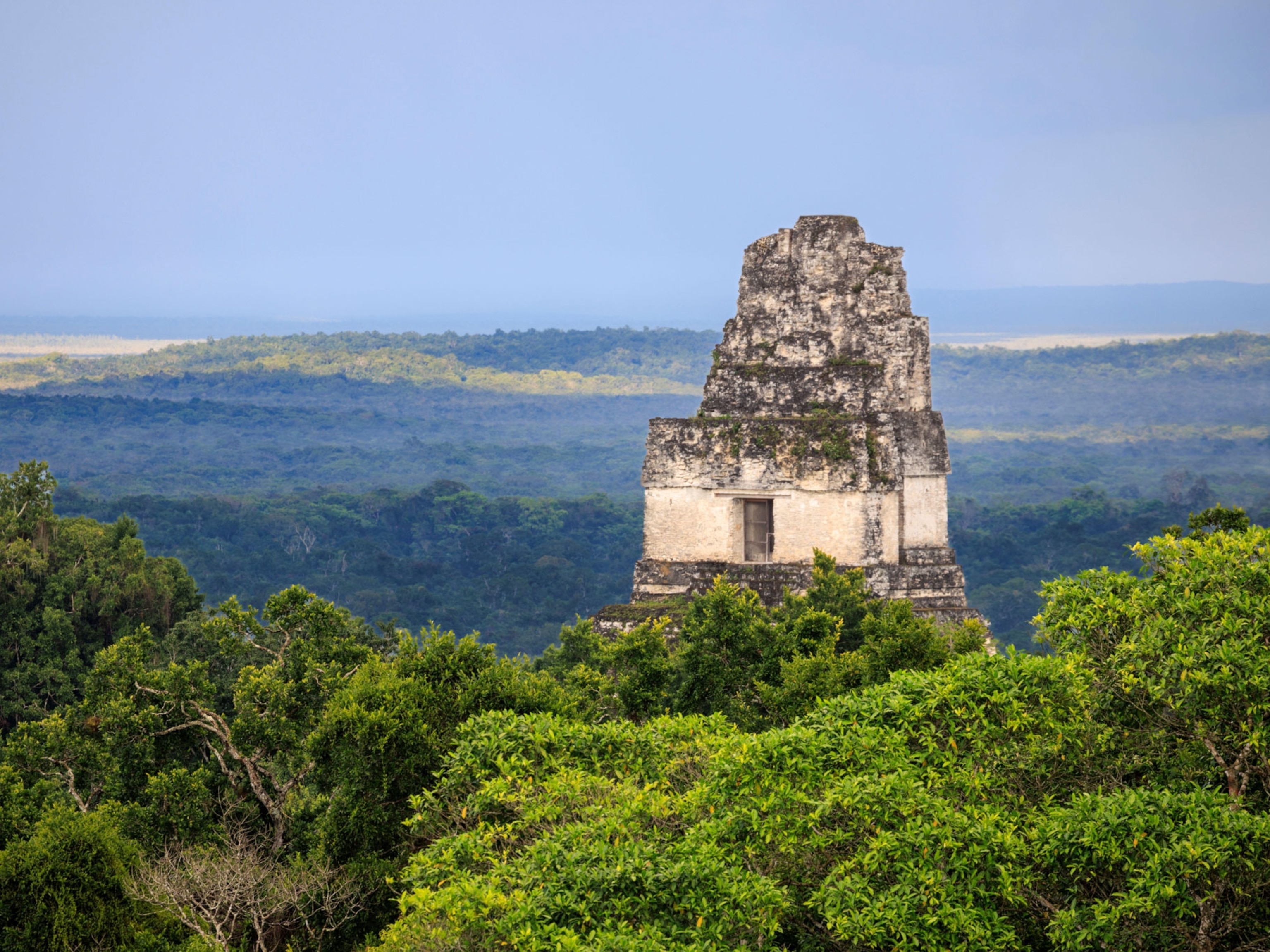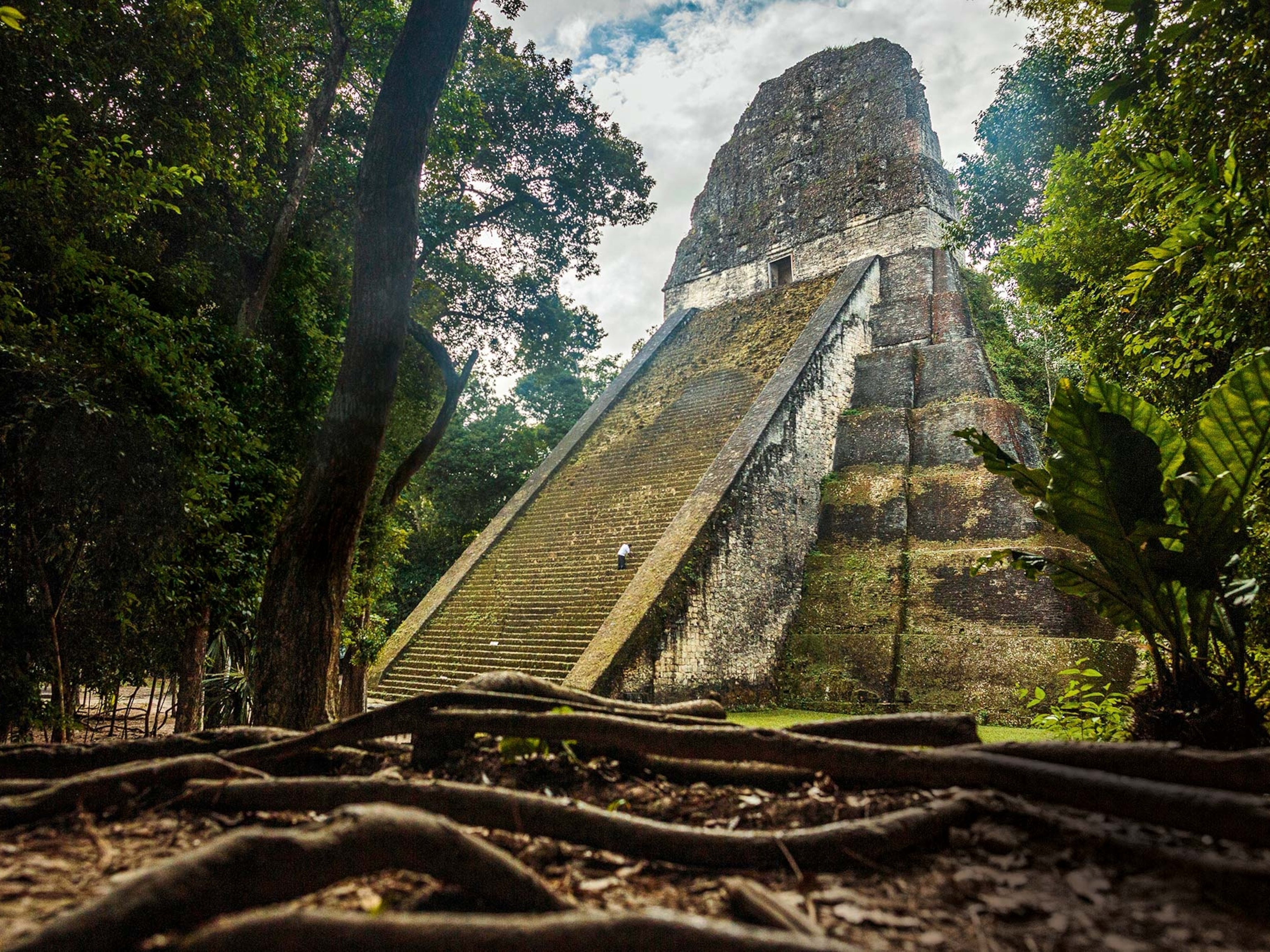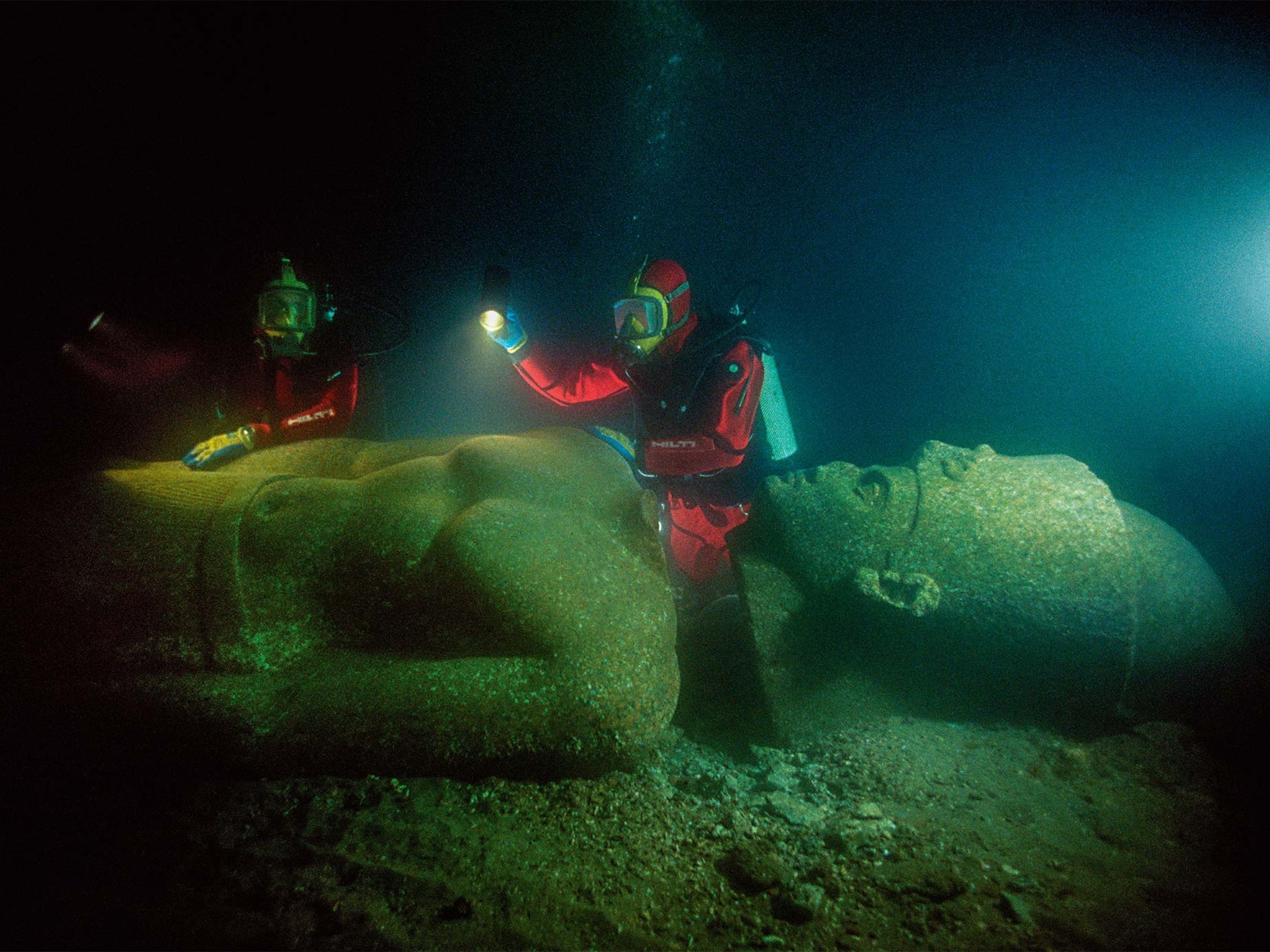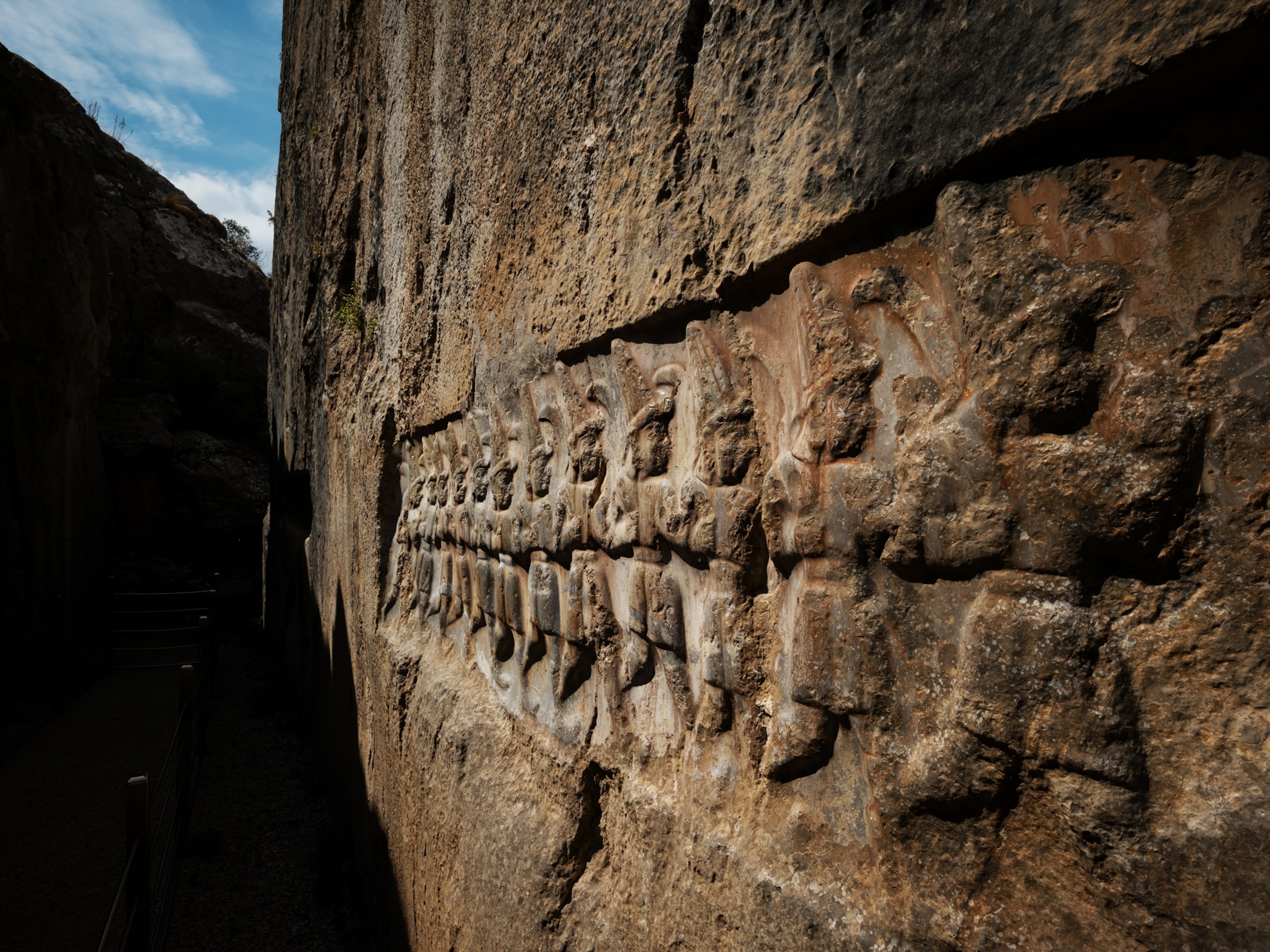Rare discovery shows the ancient Maya didn't just use tobacco—they drank it
Vases found in Guatemala offer rare physical proof of tobacco use among ancient Maya, but with a twist: This time, they didn’t inhale.

Unprecedented archaeological evidence that the Maya used tobacco infusions for rituals related to sacrifice, bathing, and childbirth has been uncovered in the Pacific lowlands of Guatemala.
Scientists working on the pre-Columbian archaeological site of El Baúl at Cotzumalhuapa were looking for traces of cocoa in a sample of large ceramic vessels recovered from ritual deposits. The vessels, which date from the Maya Late Classic period (A.D. 600 to 900), were also tested for other residues, including tobacco.
When the results came back from analysis, the team was surprised. “We didn’t expect to find traces of nicotine in cylindrical vases suited for drinking,” lead researcher Oswaldo Chinchilla Mazariegos told History.
(Everything we thought we knew about the ancient Maya is being upended.)
Risky ritual
The roots of Maya culture can be traced to around 2600 B.C. Maya states later extended across Central America until their defeat and colonization by the Spanish in the 16th century A.D. Although never united politically, the Maya—who still live in the region—have always been linked by language, culture, and religion.
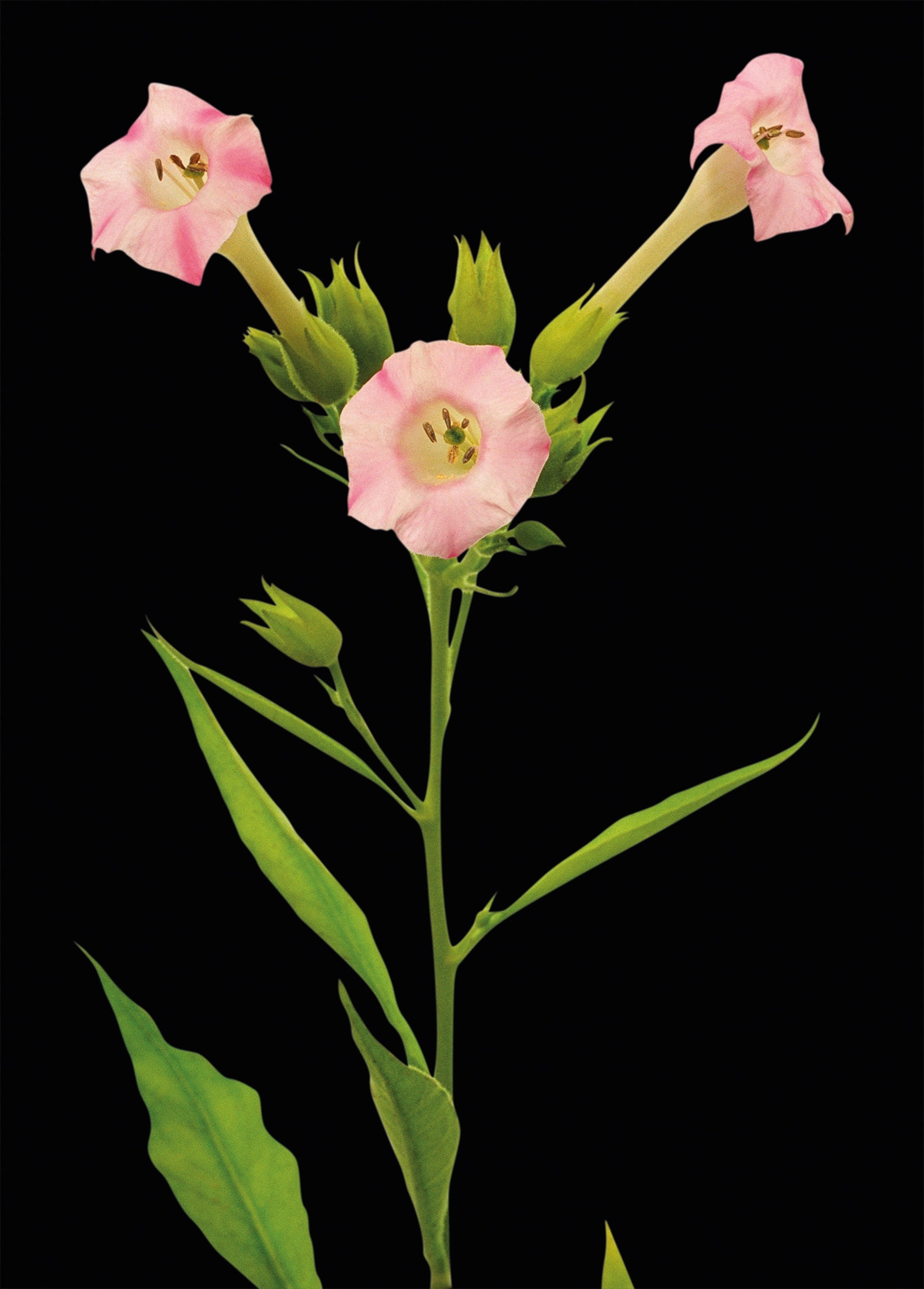
Our knowledge of ancient Maya tobacco use comes mainly from visual depictions and verbal descriptions. Sixteenth-century sources, for instance, describe a black ointment named teotlaqualli, meaning “food of gods.” Made from venomous animals, tobacco, and psychoactive seeds, it was used to communicate with spirits. Imagery and descriptions in sacred texts indicate that tobacco use also permeated the daily life of the Maya, usually by being smoked.
(Here's what happens to your body when you quit smoking.)
Physical evidence of nicotine has been found once before on a Maya vessel, in 2012. With the recent discovery at El Baúl, historians now have the first ever proof of liquid tobacco use in ancient Mesoamerica. Liquid tobacco consumption is highly toxic and can be lethal. It was likely used to induce visions or divinatory trances as part of a controlled ceremonial rite and to minimize pain for humans sacrificed to the gods.
(How did the Maya choose sacrifice victims? DNA yields new clues.)
Magic mushrooms and lilies
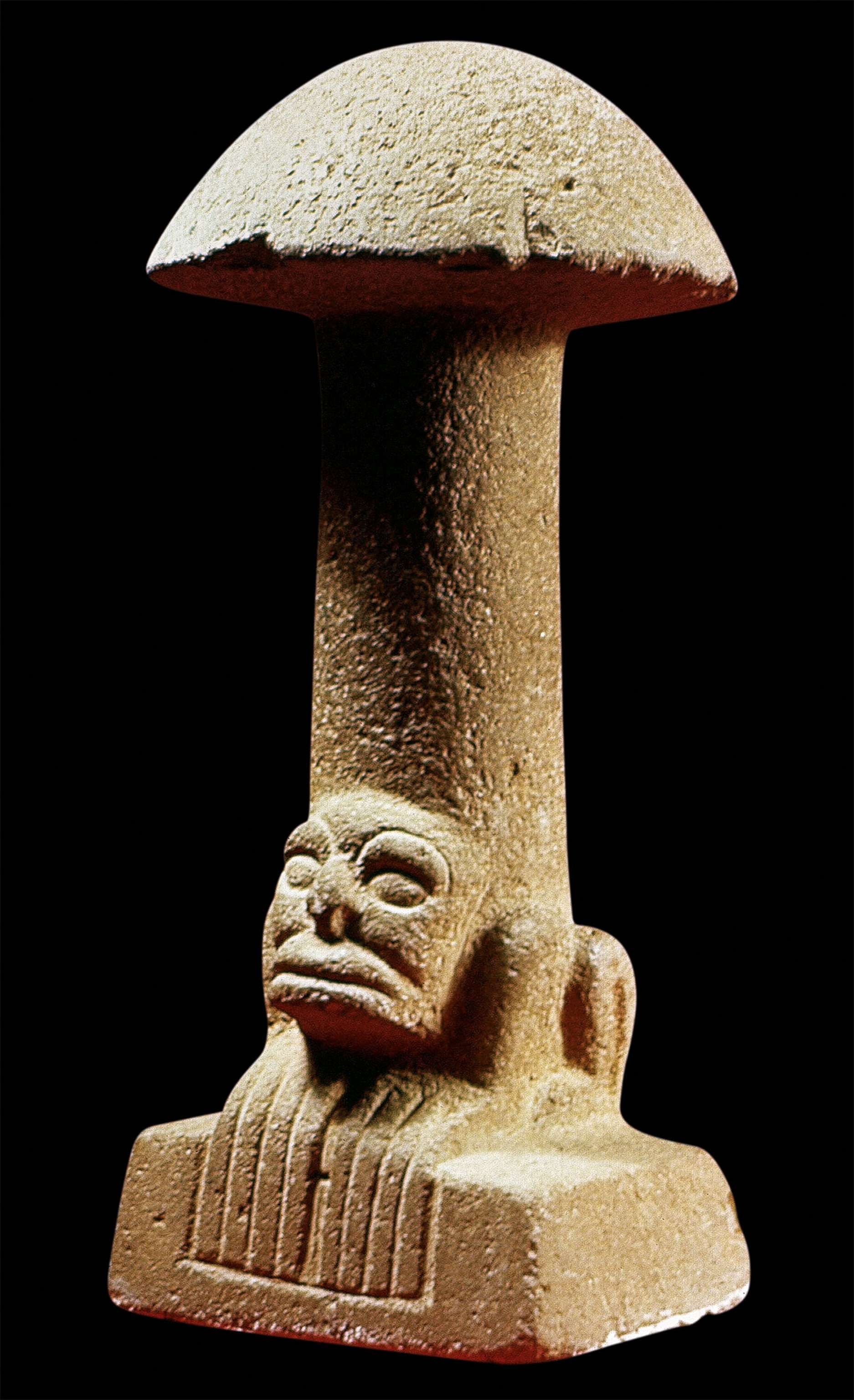
Offered to the gods
The vases that bore nicotine traces were excavated near sweat baths, indicating they were related to curing practices and rituals. For the Maya, then and now, the world’s a homogeneous spiritual entity with no distinction between animate and inanimate: Buildings could come to harm their occupants if not properly gratified with offerings such as these vases. Sweat baths in Maya culture were linked to midwifery deities and were used for therapeutic and ritual childbirth procedures. Some of the recovered vases also contained obsidian blades, which could have been used to cut umbilical cords.
Mazariegos hopes that the findings will encourage further research into Meso- american liquid tobacco use, especially in the region of the Pacific Coast, which is “too often neglected in favor of better-known Mayan sites.”


